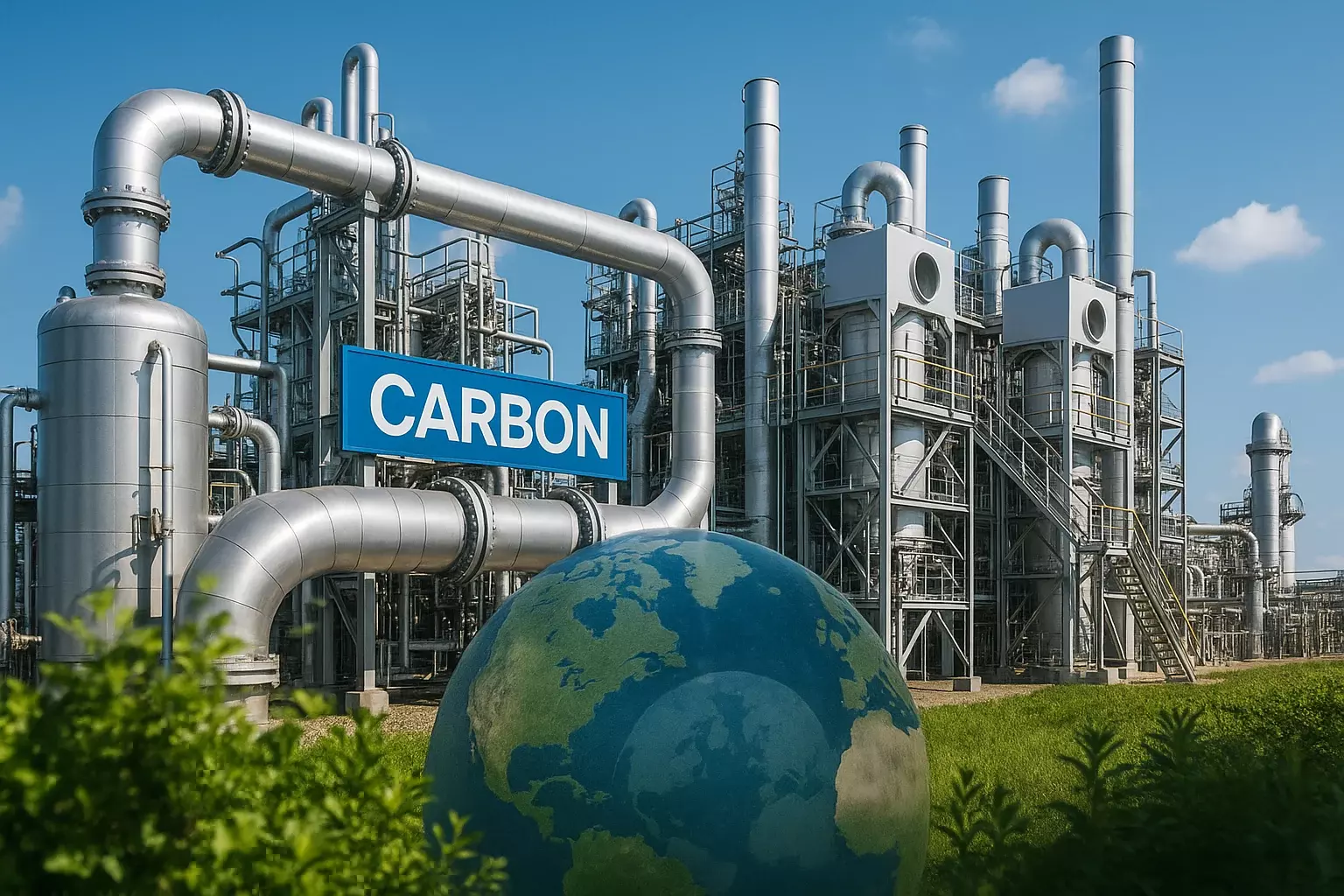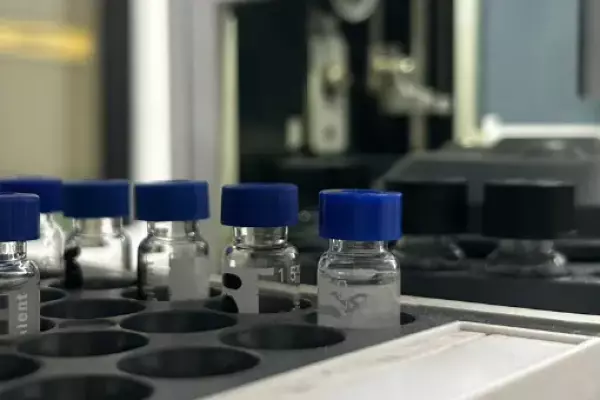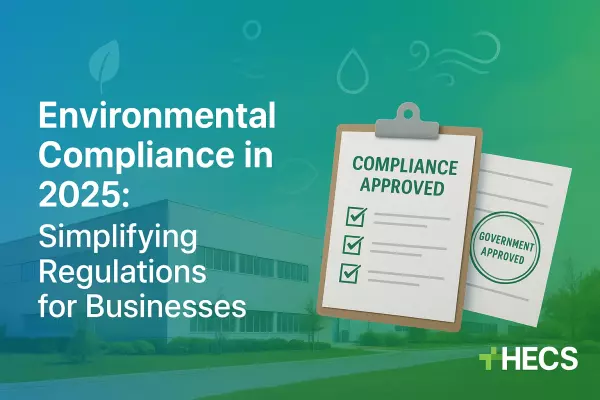
Carbon Capture and Storage: Can It Save Our Planet from the Climate Crisis?
Carbon Capture and Storage: Benefits, Challenges, and Innovations The clock is ticking. With global temperatures soaring and CO₂ levels at record highs, the race to curb emissions has never been more urgent. Enter carbon capture and storage (CCS)—a technology hailed as a game-changer by scientists and policymakers. But can CCS truly help us avert disaster, or is it just a Band-Aid on a bullet wound? This blog dives into the latest data, expert opinions, and real-world applications to answer the following question: Can carbon capture and storage save our planet?

What is Carbon Capture and Storage? Breaking Down the Basics
Carbon capture and storage (CCS) is a three-step process to trap CO₂ emissions from industrial sources or directly from the air, transport it, and store it underground permanently. Think of it as a “vacuum cleaner” for greenhouse gases.
● Capture: CO₂ is separated from power plants, factories, or even ambient air using advanced filters.
● Transport: The captured gas is compressed and moved via pipelines or ships.
● Storage: CO₂ is injected into geological formations (e.g., depleted oil fields) miles beneath the Earth’s surface.
Why It Matters: The IPCC states CCS could mitigate 20% of global emissions by 2050. But is this realistic?
The Climate Crisis and CCS: A Match Made in Necessity?
The Stark Reality: Updated Stats
● Global CO₂ levels hit 421 ppm in 2023—50% higher than pre-industrial levels (NOAA).
● The IEA reports only 40 operational CCS facilities worldwide, capturing 45 Mt CO₂/year—a fraction of the 1.6 billion tons needed annually by 2030.
CCS in Action: Success Stories
● Iceland’s Orca Plant: The world’s largest direct air capture facility removes 4,000 tons of CO₂ yearly, equivalent to 790 cars’ annual emissions.
● Texas’s Petra Nova Project: This coal plant's CCS system captured 1.6 million tons of CO₂ before its 2020 shutdown, proving scalability challenges.
Expert Insight:
“CCS isn’t a silver bullet, but it’s a critical bridge for industries like cement and steel that can’t easily decarbonize.”
— Dr. Julio Friedmann, Chief Scientist at Carbon Direct.
Trending Insights: The Pros, Cons, and Controversies
The Case FOR CCS
1. Hard-to-Abate Sectors: Heavy industries (steel, cement) contribute 30% of emissions—CCS offers a lifeline.
2. Negative Emissions: Pairing CCS with bioenergy (BECCS) could remove CO₂ from the atmosphere.
3. Job Creation: The Global CCS Institute estimates 100,000+ jobs by 2050 in the sector.
The Case AGAINST Carbon Capture and Storage
1. High Costs: CCS adds
2. 50–100/ton to emissions—often cheaper to switch to renewables.
3. Energy Intensive: Capturing CO₂ can consume 25% of a plant’s energy output.
4. Moral Hazard: Critics argue CCS lets fossil fuel giants delay the clean energy transition.
The Future of CCS: Innovations to Watch
1. Direct Air Capture (DAC): Startups like Climeworks and Carbon Engineering are scaling machines that suck CO₂ straight from the air.
2. Enhanced Mineralization: Trapping CO₂ in rocks (e.g., basalt formations) for permanent storage.
3. Policy Push: The U.S. Inflation Reduction Act boosts tax credits for CCS to $85/ton—a potential game-changer.
Stat Alert: McKinsey predicts CCS could be a $1 trillion market by 2035 if adoption accelerates.
Actionable Takeaways: What Can You Do?
1. Advocate: Support policies incentivizing CCS development (e.g., tax credits, R&D funding).
2. Educate: Share this blog! Awareness drives investment and political will.
3. Invest: Follow companies like Occidental Petroleum (DAC) or Aker Solutions (storage tech).
A Future with HECS: Smarter Environmental Solutions
Carbon capture and storage may not be a silver bullet, but in the fight against environmental challenges, every solution counts. At HECS, we go beyond conventional treatment—our advanced sewage and wastewater treatment, environmental solutions, and consultancy services are designed to minimize pollution, optimize resource recovery, and contribute to a cleaner, more sustainable future.
Sustainability isn’t just about one solution—it’s about the right combination of innovation, expertise, and action. With HECS leading the way in wastewater management, environmental services, and consultancy, industries and communities can adopt smarter, more responsible approaches to protect our planet. Let’s work together to create a future where clean water, sustainability, and environmental responsibility go hand in hand.
FAQ
Carbon Capture and Storage (CCS) is a technology that captures carbon dioxide (CO₂) emissions from power plants and industries, prevents it from entering the atmosphere, and stores it underground in geological formations.
Yes, CCS can significantly reduce carbon emissions, especially from industries like power generation, cement, and steel production. It is considered a key solution for achieving net-zero emissions.
CCS is generally safe when properly managed. Captured CO₂ is stored in deep geological formations, preventing leaks. Regulations and monitoring ensure environmental safety.
CCS mainly captures CO₂ from:
● Coal & gas power plants
● Cement & steel industries
● Chemical plants & refineries
● Direct air capture (DAC) technologies
The cost of CCS varies based on technology and location. On average, it ranges from $50 to $150 per ton of CO₂ captured. Research is ongoing to make it more affordable
Key benefits include:
● Reducing industrial CO₂ emissions
● Helping countries meet climate goals
● Preventing ocean acidification
● Supporting low-carbon hydrogen production
While CCS alone won't stop global warming, it plays a crucial role in decarbonizing industries. When combined with renewable energy and afforestation, it can help combat climate change
Potential risks include:
● CO₂ leakage from storage sites (if not monitored properly)
● High energy consumption for CO₂ capture
● Infrastructure and transportation challenges
CCS is already used in countries like the USA, Canada, Norway, and Australia. Large projects include Sleipner (Norway), Petra Nova (USA), and Boundary Dam (Canada).
CCS is a critical tool, but not the only solution. To effectively fight climate change, we need a mix of CCS, renewable energy, reforestation, and energy efficiency improvements.
Share this post:





